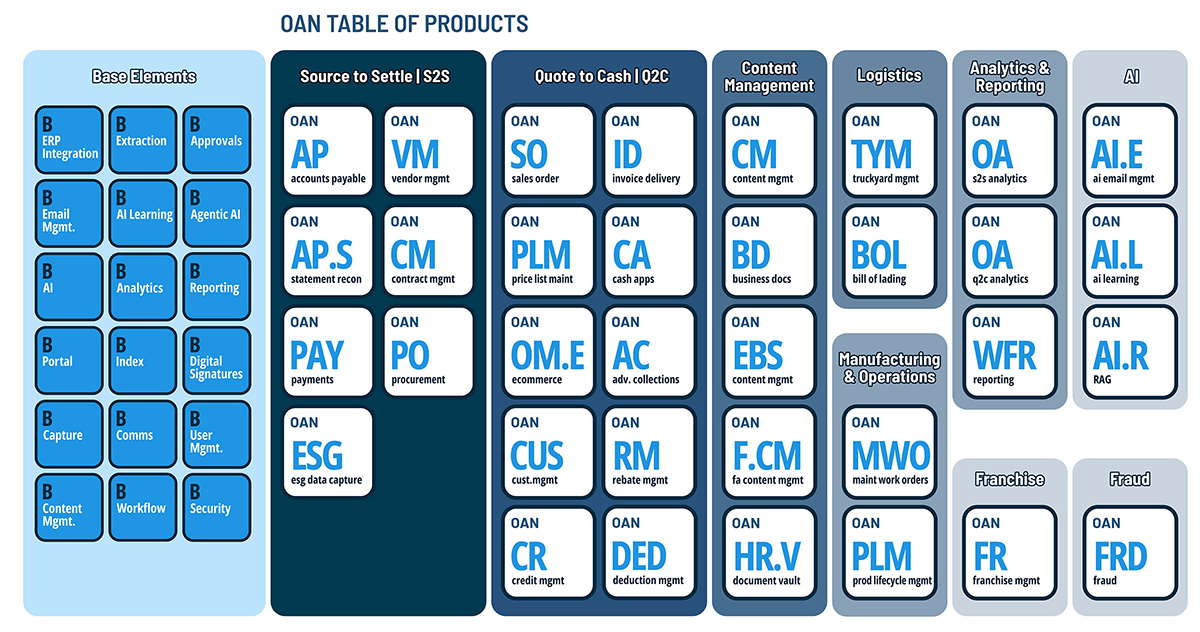Credit risk management is the backbone of financial stability for any enterprise extending credit. Without a robust strategy, businesses risk late payments, defaults, and cash flow disruptions that can threaten long-term success. As industries evolve, so do the challenges of managing credit risk. Outdated manual processes, fragmented data, and economic uncertainties make it harder for credit teams to make informed decisions. However, businesses can safeguard their financial health while optimizing growth opportunities with the right approach that integrates automation, data-driven insights, and a proactive risk mitigation framework.
Understanding Credit Risk Management
Credit risk management involves assessing the likelihood of a customer defaulting on financial obligations and implementing strategies to minimize this risk. A practical credit risk framework enables businesses to:
- Protect cash flow by reducing late payments and bad debt.
- Enhance customer relationships through strategic credit policies.
- Support long-term sustainability by aligning risk management with business goals.
Despite their importance, many organizations still rely on outdated credit assessment methods, increasing the risk of human error, inefficiencies, and missed opportunities. Manual credit evaluations can be slow, inconsistent, and prone to oversight, leaving businesses vulnerable to financial instability.

Key Steps in the Credit Risk Management Process
A structured approach to credit risk management ensures businesses make informed decisions at every stage of the credit lifecycle. Here’s how organizations can strengthen their credit risk strategies:
1. Credit Assessment: The First Line of Defense
Before extending credit, businesses must thoroughly evaluate a customer’s financial health. This involves:
- Reviewing financial statements, cash flow records, and credit scores to assess repayment ability.
- Third-party credit ratings and industry benchmarks should be considered to gauge financial stability.
- Leveraging AI-driven tools for real-time risk assessment and predictive analytics.
A data-driven credit assessment allows businesses to set appropriate credit limits and identify high-risk accounts early.
2. Establishing Credit Policies
Once assessment data is gathered, businesses should create clear, scalable credit policies that define:
- Credit limits based on risk tolerance, industry norms, and customer history.
- Payment terms that align with business objectives while mitigating risks.
- Protocols for handling overdue accounts, including penalties, grace periods, and escalation procedures.
Well-defined credit policies create consistency in decision-making and reduce financial exposure.
3. Credit Approval: Balancing Risk and Opportunity
Approving credit should be a streamlined process that balances growth with risk management. Automated credit management solutions integrate real-time insights with business risk thresholds, ensuring:
- Faster, data-driven approvals.
- Reduced reliance on manual intervention.
- Alignment of credit terms with overall financial strategy.
Automation ensures that businesses remain agile while minimizing unnecessary financial exposure.
4. Ongoing Monitoring: Staying Ahead of Risk
Credit risk management isn’t a one-time action—it’s an ongoing process that requires vigilance. Businesses should:
- Conduct regular customer account reviews to detect early warning signs, such as payment delays or financial struggles.
- Utilize automated alerts for financial red flags, ensuring swift intervention.
- Adjust credit limits proactively to minimize risk without disrupting customer relationships.
Continuous monitoring helps businesses respond to financial shifts before they escalate into significant issues.
5. Risk Mitigation and Adjustments
Even the best credit assessments can’t eliminate all risks. When financial risks escalate, businesses must take proactive steps such as:
- Adjusting credit terms to reflect updated risk profiles.
- Reducing credit limits for customers showing signs of financial distress.
- Implementing risk-sharing agreements to mitigate potential losses.
These strategies ensure financial stability while maintaining strong business relationships.
6. Documentation and Compliance
Maintaining detailed, transparent records is essential for:
- Ensuring compliance with internal policies and industry regulations.
- Creating a clear audit trail for future credit decisions.
- Enhancing stakeholder confidence by demonstrating due diligence.
Automated tools simplify reporting, making audits and risk assessments more efficient.
Challenges in Credit Risk Management—and How to Overcome Them
Despite best practices, businesses still face challenges in credit risk management. Here’s how to address them:
1. Outdated Credit Processes
Many businesses rely on manual workflows that slow down decision-making and increase errors. The solution:
- Automate credit assessment and approvals with AI-driven software to increase efficiency and accuracy.
- Reduce human error and subjectivity with standardized risk assessment models.
2. Lack of Data Integration
Fragmented systems make it difficult to understand a customer’s financial health comprehensively. The solution:
- Implement cloud-based credit risk solutions that centralize financial data.
- Leverage real-time data synchronization across ERP and financial systems for a 360-degree risk profile.
3. Economic Uncertainty and Rising Credit Risk
Global financial shifts impact credit risk profiles, making it harder to predict defaults. The solution:
- Regularly update credit policies to reflect evolving risk landscapes.
- Use predictive analytics to anticipate potential defaults before they happen.
By addressing these common challenges, businesses can strengthen their financial resilience.

The Role of Automation in Credit Risk Management
Why Automation is a Game-Changer
Automating credit risk management reduces human error, speeds up credit approvals, and ensures data-driven decision-making. Automated solutions enhance:
- Real-time credit risk analysis by pulling data directly from ERP systems.
- AI-powered insights for predictive risk assessments.
- Seamless credit limit adjustments based on customer behavior.
Enhancing the Order-to-Cash Process
A well-managed credit risk strategy fuels the entire Order-to-Cash (O2C) lifecycle. Automation ensures:
- Faster credit approvals, preventing order delays.
- Fewer blocked orders, improving customer experience.
- More efficient accounts receivable management, strengthening cash flow.
Businesses can streamline operations and improve financial performance by empowering credit teams with the right tools.
Future Trends in Credit Risk Management
As digital transformation accelerates, businesses must stay ahead by adopting:
- AI-powered credit scoring for instant risk assessment.
- Predictive analytics to anticipate customer financial shifts.
- Blockchain technology for more transparent credit histories.
These innovations will shape the future of credit risk management, enabling businesses to make smarter, faster decisions.
Optimizing Your Credit Risk Strategy for Long-Term Success
Credit risk management isn’t just about mitigating losses—it’s about maximizing financial opportunities while maintaining stability. Businesses that embrace automation, real-time data integration, and predictive risk strategies will gain a competitive edge in an unpredictable economy.
By leveraging the right tools and strategies, businesses can enhance decision-making and build a more resilient financial foundation.
Are your credit risk management processes future-ready? The time to modernize your approach is now. Contact us for cutting-edge credit risk solutions to ensure your business stays ahead in an ever-evolving financial landscape.

